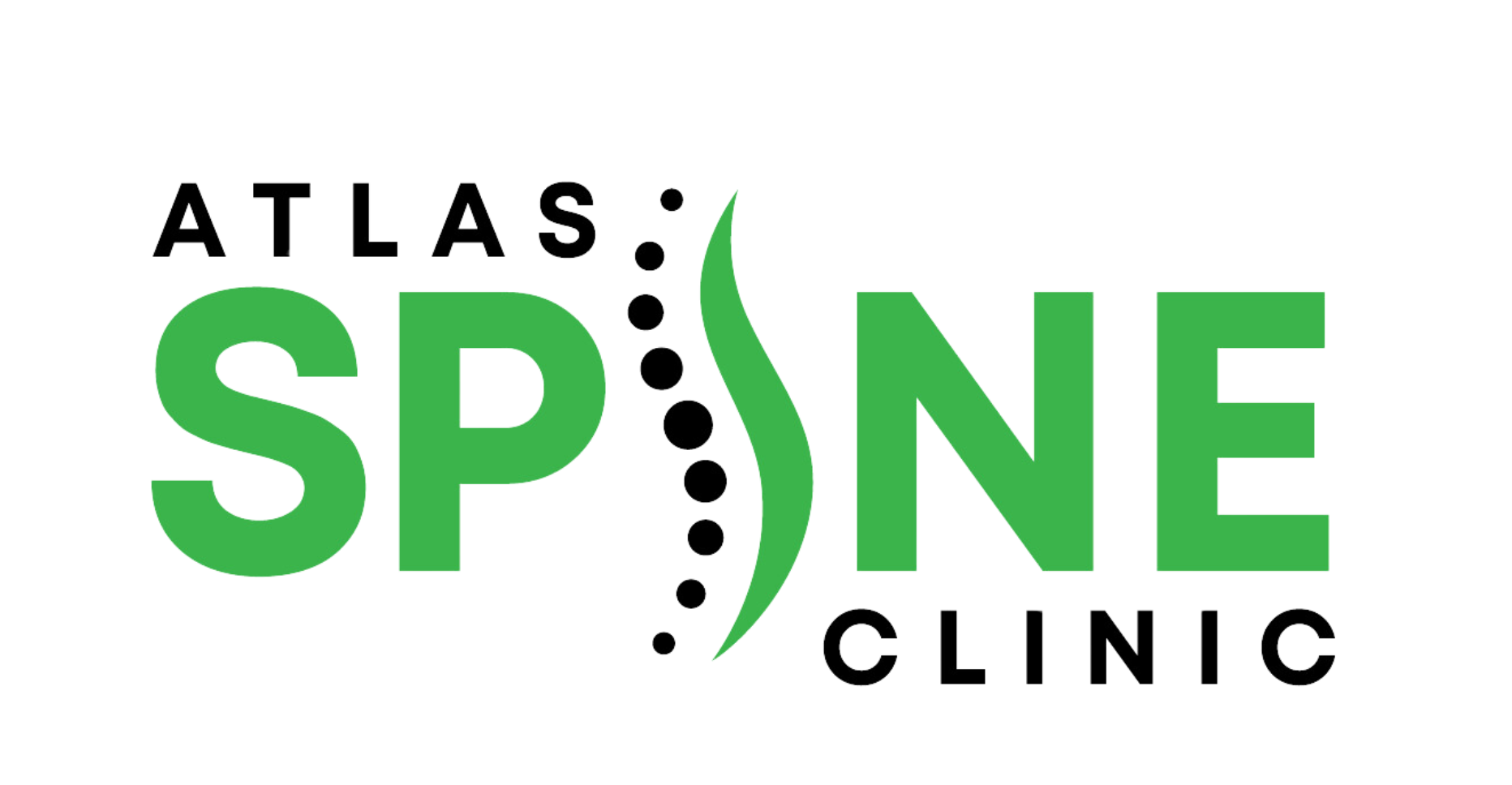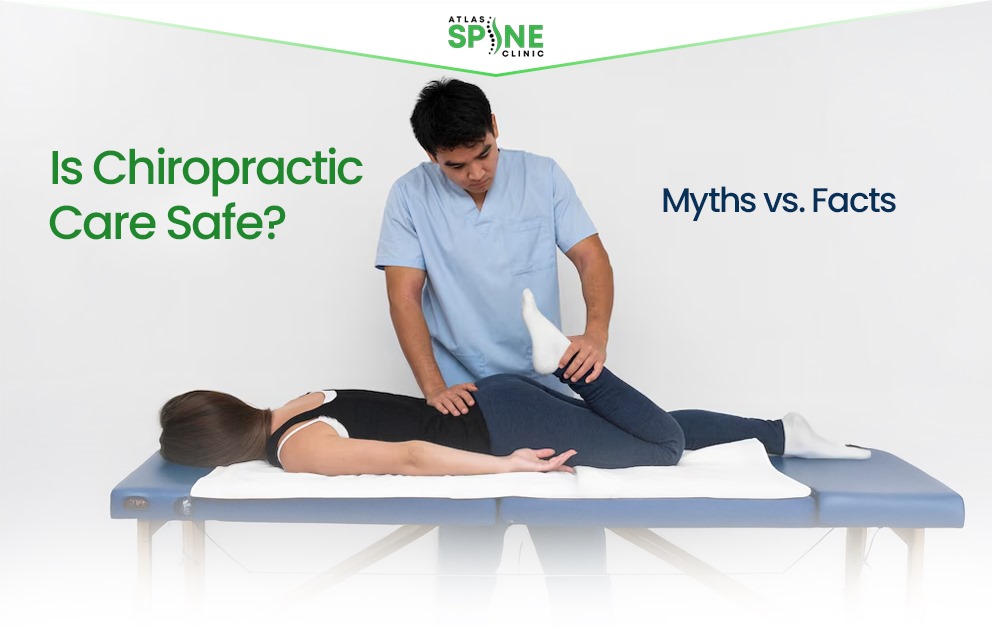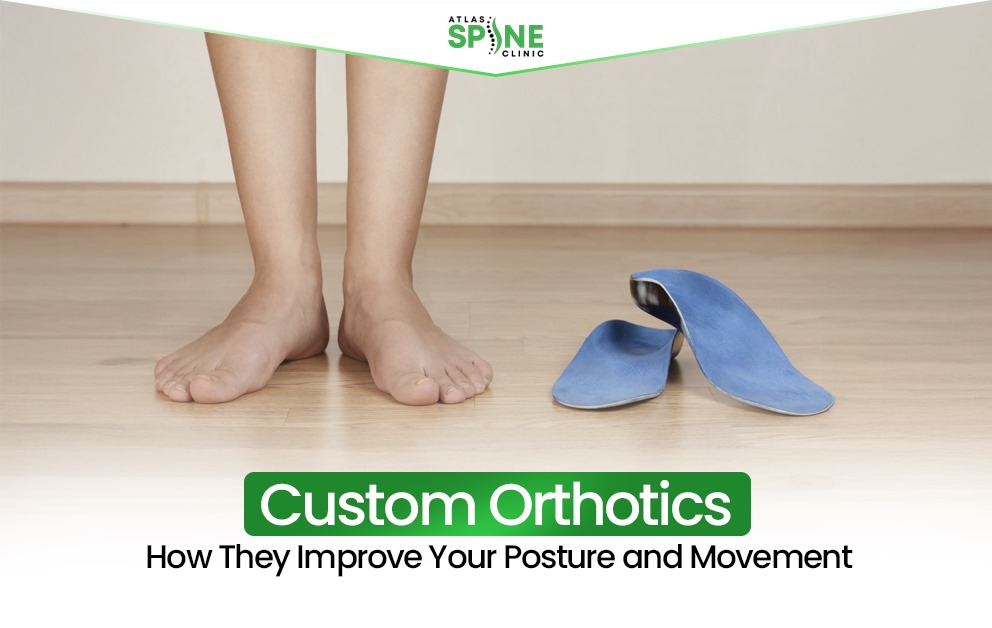After a chiropractic adjustment, many people notice unexpected changes. Some feel unusually tired. Others talk about headaches or mood shifts that seem to come out of nowhere. These reactions often stir up one theory – your body is releasing toxins.
The phrase sounds intense, or even mysterious. Still, it shows up frequently in wellness circles and casual conversations. So the big question is, what toxins are released after chiropractic adjustment, and is there any real science behind the idea?
What Happens During A Chiropractic Adjustment?
Imagine your spine like a stack of building blocks. If one is slightly off, the whole tower feels unstable. That’s where chiropractors come in. With quick, controlled force, they work to realign the spine and reduce restrictions in your joints. It’s not just about cracking bones, it’s about improving nerve function and mobility.
These adjustments are designed to relieve pressure and restore proper alignment, allowing the nervous system to function more smoothly. Many people feel immediate relief, while others notice changes over the next few days. But what happens beneath the surface is where the real questions begin—especially about what toxins are released after chiropractic adjustment.
The Origin of the ‘Toxin Release’ Claim
So where did this idea of toxin release come from? It likely started with the idea that spinal misalignments also known as vertebral subluxation effects—can interfere with nerve flow and body function. When those misalignments are corrected, the body may suddenly start flushing out toxins that have been “stuck”.
Some call this the chiropractic detox reaction, where symptoms like fatigue, headaches, or even mild nausea show up after treatment. The belief is that the adjustment acts like a reset button, letting your body finally offload the buildup of junk it’s been holding onto.
It’s a popular explanation in natural health circles. Still, it leaves one big question hanging: Is chiropractic detox real, or just a myth?
What Science Says About Toxin Release
Let’s get one thing straight: there’s no clinical evidence that toxins after chiropractic adjustment are released in a measurable or scientifically proven way.
Most of what we know about what toxins are released after chiropractic adjustment comes from anecdotal reports rather than clinical evidence. While patients might experience real sensations post-treatment, scientific research hasn’t identified any specific “toxins” being flushed out during or after an adjustment.
In medical terms, toxins are usually defined as harmful substances produced by living organisms or synthetic chemicals. These aren’t stored in the spine or joints. So while your body might feel different after an adjustment, the cause may not be literal toxin release—it could be shifts in blood flow, nervous system stimulation, or muscular response.
Some studies do show that chiropractic adjustments can influence inflammation and the nervous system. Even so, that’s different from triggering a spinal manipulation toxin purge. What people often interpret as “toxins leaving the body” could just be your body responding to change.
Detox Symptoms Some Patients Report
Even if science doesn’t fully back it, many people still report post-adjustment symptoms that feel detox-like. These are the ones people mention the most:
- Fatigue or drowsiness
- Mild headaches
- Muscle soreness
- Mood swings or irritability
- Digestive changes
- Skin breakouts
These signs often pop up within 24 to 48 hours after the first few sessions and fade quickly. For those wondering what toxins are released after chiropractic adjustment, these symptoms often fuel the idea that something is being flushed out. The body’s response can feel like a mini reboot—your internal systems adjusting to a new normal.
Some refer to this shift as a healing crisis chiropractic phase. It can feel strange, but many see it as a sign that things are moving in the right direction.
Is Chiropractic Adjustment A Detox Method?
Truthfully, chiropractic care was never designed to replace a full detox protocol. The main idea is to get the spine moving better, ease joint tension, and help your nervous system work more smoothly.
That said, some believe that when the nervous system is liberated from restrictions, the body functions more efficiently. This might include better lymphatic drainage, improved digestion, or reduced inflammation. It’s not detox in the traditional juice-cleanse sense—yet more like creating conditions where your body can do its job better.
So, is chiropractic detox real? Ask around in wellness spaces, and you’ll hear different takes depending on who’s talking. However, from a scientific lens, detoxing isn’t what a chiropractor is aiming to do—it’s more of a side conversation than a treatment goal.
Still, the question of what toxins are released after chiropractic adjustment often comes up, especially when people experience unusual symptoms right after a session.
When To Be Concerned About Post-Adjustment Symptoms
Most symptoms of post-adjustment are mild and temporary. That said, there are times when you should take them seriously.
If any of these symptoms feel persistent, it might be time to talk to a professional. You can book a consultation with a chiropractor at Atlas Spine Clinic to get checked and stay on the safe side. Rare side effects can occur, especially if you have an underlying health condition or if the adjustment wasn’t done correctly.
Your body might be going through changes, though it’s not supposed to feel completely worn out. Being tired is one thing; being depleted is another. Pay attention to your body’s signals.
Supporting Your Body After An Adjustment
You’ve had the adjustment—what’s next? Supporting your body can help you feel more grounded and minimize those detox-like symptoms.
Here are a few quick tips:
- Hydrate generously
- Get adequate rest
- Eat light, whole foods
- Do light stretching or movements
- Take note of how you feel and when
Water, in particular, plays a huge role. If you’re wondering, should I drink more water after a spinal adjustment, the answer is usually yes. Hydration helps your body flush out waste, ease muscle tension, and keep everything flowing smoothly, regardless of whether toxins are involved or not.
FAQs
Q. Is it true that toxins are released during chiropractic adjustments?
– That’s a common belief, though it’s not backed by scientific evidence. People do report sensations that feel like detox, still the term “toxins” isn’t clearly defined in this context. That said, many believe their body is recalibrating in positive ways after an adjustment.
Q. Why do I feel tired after an adjustment?
– Fatigue can happen when your body is undergoing change. Adjustments can activate the parasympathetic nervous system—the “rest and digest” mode—leaving you feeling lethargic and sleepy. It’s usually short-lived.
Q. Can chiropractic care cause a healing crisis?
– Some patients describe their response to chiropractic care as a healing crisis chiropractic event where things feel worse before they get much better. This can include emotional shifts, fatigue, or even mild cold-like symptoms.
Q. Are detox symptoms a good sign?
– They can be. Some people experience the symptom of toxin release after chiropractic adjustment as a positive sign that their body is correcting and adapting. As long as symptoms are mild and temporary, it may mean the nervous system is doing its thing.
Q. Should I drink more water after a spinal adjustment?
– Yes. Staying hydrated can support circulation, muscle recovery, and lymphatic drainage. Even if spinal manipulation toxins aren’t being flushed out, water keeps the system running smoothly.
Q. What toxins are released after chiropractic adjustment?
– There’s no scientifically confirmed list. Still, some believe that the body lets go of built-up waste or stress-related byproducts during an adjustment.
End Note
So, what toxins are released after chiropractic adjustment? The honest answer isn’t a straightforward one. While there’s no hard science identifying specific toxins, many people feel their bodies respond in detox-like ways after spinal work. That said, studies from institutions like Harvard Medical School emphasize that proven benefits of chiropractic care lie in pain relief and improved function—not detoxification. Whether it’s due to improved nerve flow, emotional release, or just the impact of postural correction—something is definitely shifting.
The key is listening to your body. Your post-adjustment experience is valid—just make sure to stay informed, hydrated, and in tune with how you feel.






